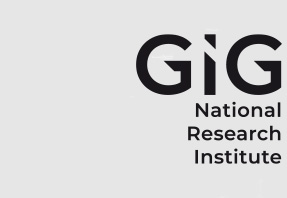Author ORCID Identifier
Rafał Pakosz: 0000-0002-6069-6316
Agnieszka Krzyżanowska: 0000-0001-8382-3069
Łukasz Wojtecki: 0000-0002-4791-9909
Maciej J. Mendecki: 0000-0003-0952-3302
Abstract
The sequence and method of coal seam mining can significantly minimize the risk of rock bursts. The planning of exploitation in the Bielszowice part of the Ruda Hard Coal Mine involves maximizing the destress effect associated with the mining of adjacent coal seams or layers of thick coal seams. Longwall mining of destressed coal seams is characterized by much lower seismic activity; however, even during such mining, high-energy tremors may occur. This article analyzes the seismic activity accompanying the mining of longwall panels in the bottom and top layers of thick seam No. 510 and seam No. 507 in the Bielszowice part of the Ruda Hard Coal Mine. An attempt was made to determine the reasons for the occurrence of high- and medium-energy tremors during the longwall mining of the bottom layer of seam No. 510, which had been destressed by the earlier excavation of the top layer of this seam. For this purpose, the focal mechanisms of these tremors were calculated using the seismic moment tensor inversion method. In the foci of high-energy tremors, the shear mechanism was dominant. A correlation was found between the occurrence of high-energy tremors and the edges of previously mined coal seams.
Recommended Citation
Pakosz, Rafał; Wojtecki, Łukasz; Mendecki, Maciej J.; and Krzyżanowska, Agnieszka
(2025)
"An attempt to determine the strong tremors causes during longwall mining of destressed bottom layer of a thick coal seam,"
Journal of Sustainable Mining: Vol. 24
:
Iss.
1
, Article 11.
Available at: https://doi.org/10.46873/2300-3960.1447
Creative Commons License

This work is licensed under a Creative Commons Attribution-Noncommercial-No Derivative Works 4.0 License.

